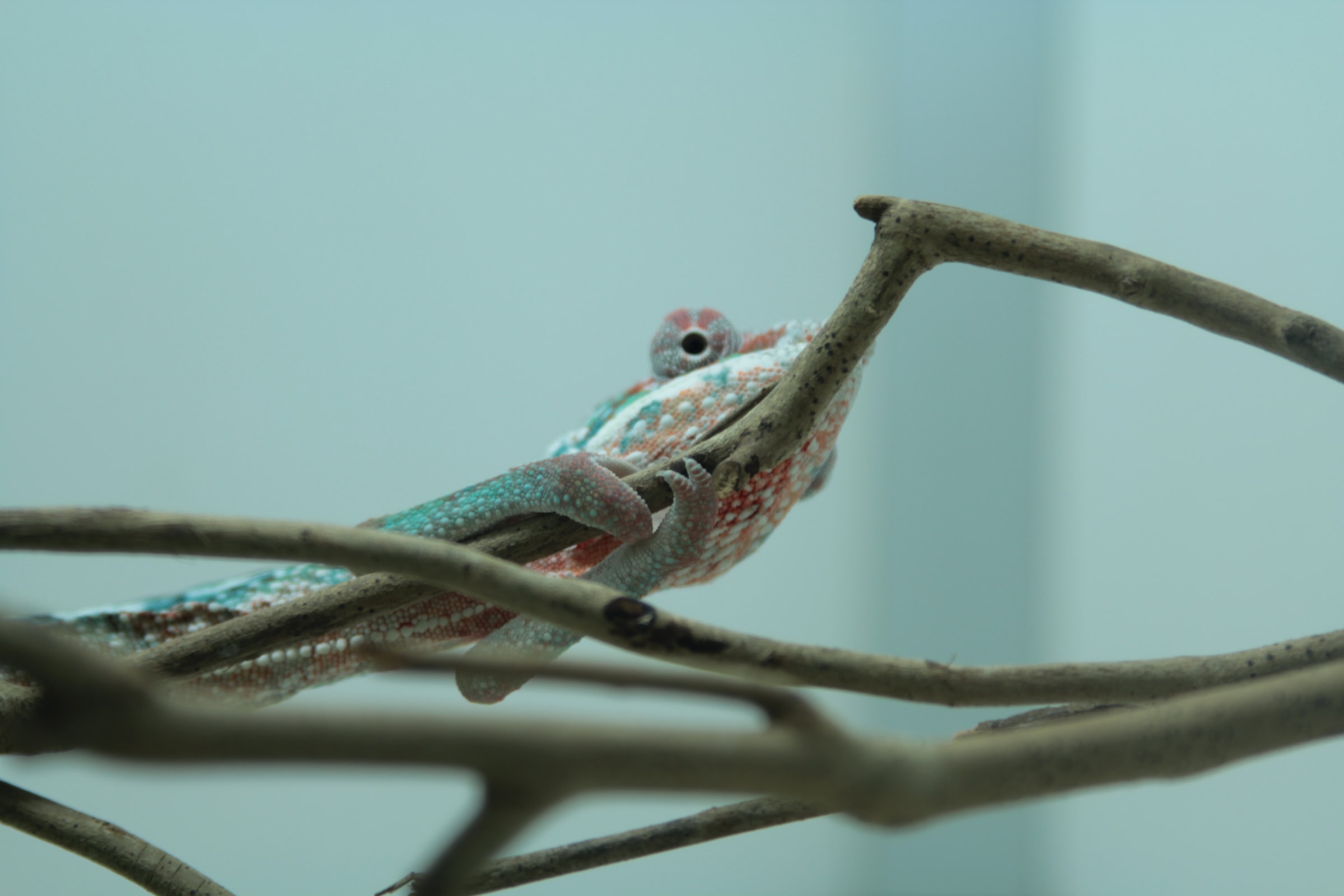
Taking care of a lizard as a pet is not as easy as it sounds. Of course, you should never remove a lizard from its natural environment. The term lizard has no taxonomic analog. In other words, it does not refer to a specific group: a multitude of small, elongated reptiles can be called lizards. In some countries, lizards belong to the family Lacertidae.
The care of a lizard as a pet depends on the species and its environment. And in other regions, they may belong to the taxa Gekkonidae, Teiidae, and Tropiduridae, among others. In any case, a series of parameters and general knowledge should be kept in mind before acquiring one of these reptiles. Find out about them below.
1. Never remove a lizard from its natural environment
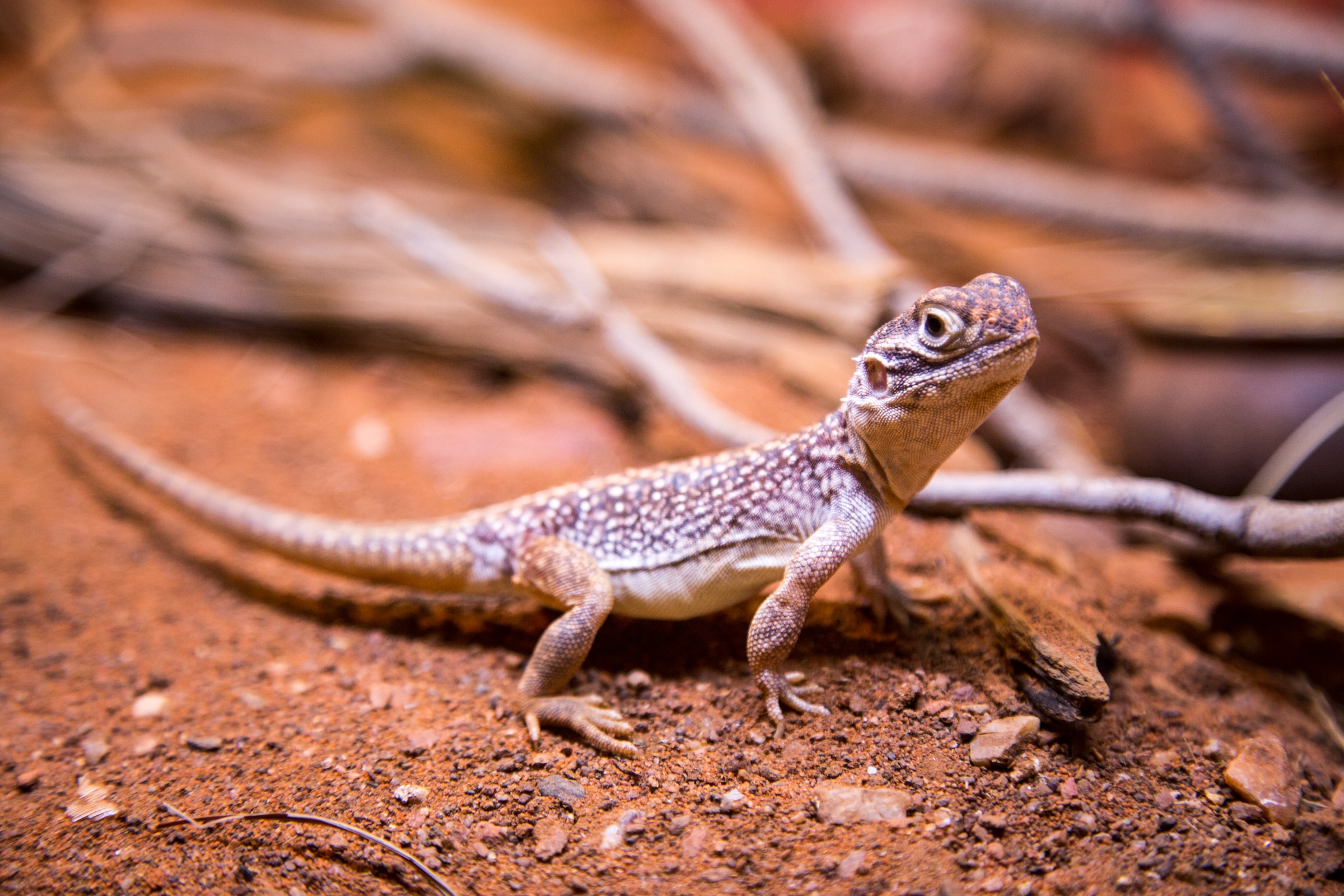
It may seem tempting to “rescue” a lizard from a hostile environment and bring it home. However, you must keep in mind that this is its home, and capturing it will do it far more harm than good. Every wild animal is used to living in its natural environment. Therefore, putting it in a terrarium is a sure death sentence.
In addition to the ethical elements involved in removing an animal from its environment, it should be noted that, in most countries, this act is considered illegal and punishable. The direct or indirect trade in exotic reptiles taken from their environment is a real problem and should not be encouraged under any circumstances.
2. Choose a reliable source and get to know the species
The only option for getting a lizard as a pet is to buy it from a legal breeding facility or adopt it from an animal rescue center. Once you decide to get one, ask for the certificate that indicates the captive origin of the animal. As mentioned earlier, the term lizard refers to the family Lacertidae but also to various groups of geckos and other reptiles. In most cases, specimens sold under this name belong to the family Gekkonidae (such as the leopard gecko) and the family Scincidae (such as the skinks).
3. Choose the terrarium according to the lizard’s needs
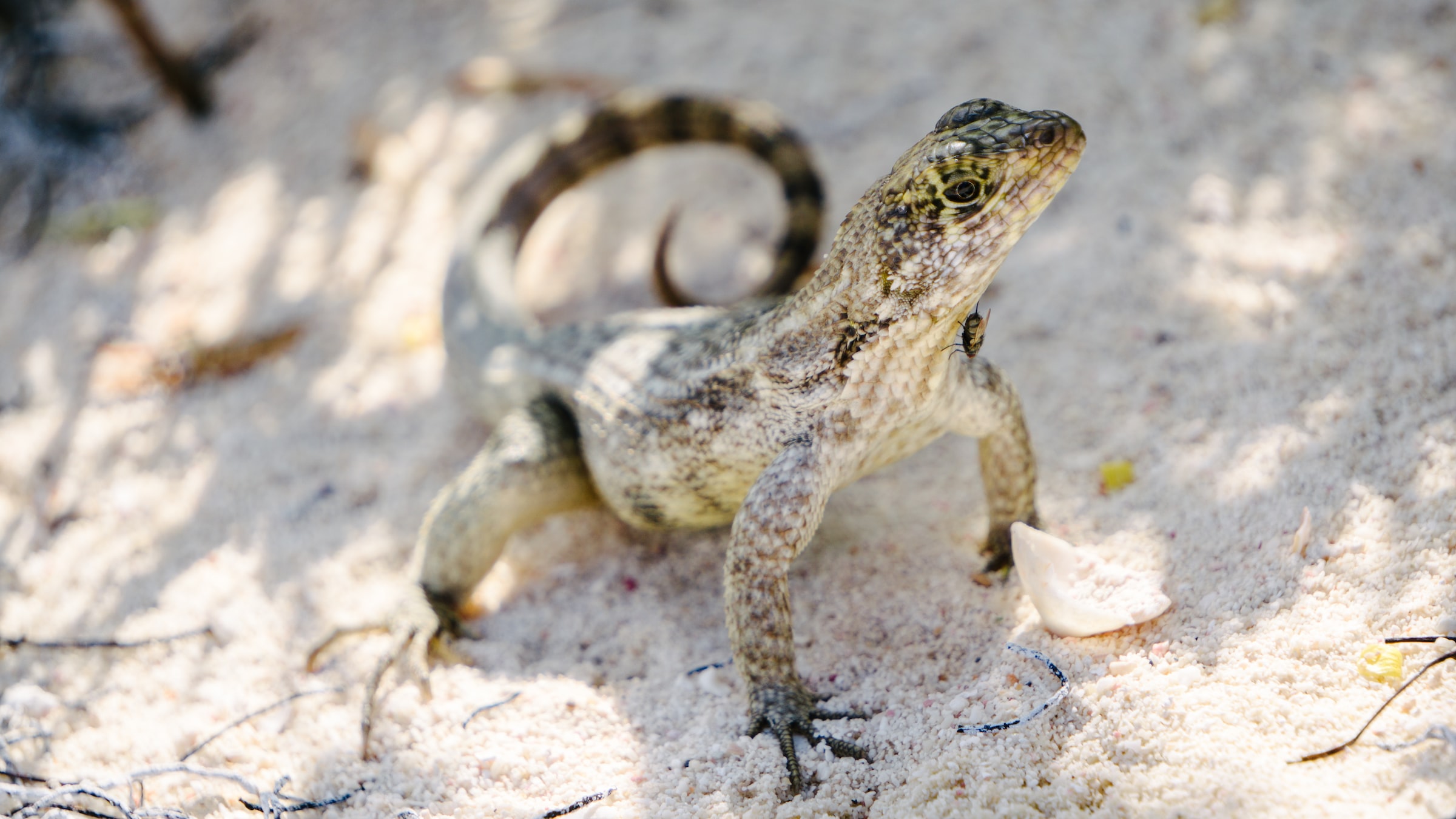
The terrarium is one of the most important things to take care of when keeping a lizard as a pet. It should always be made of glass and have ventilation and safety locks, as most reptiles are excellent escapees. Beyond these general recommendations, you should consider the needs of each species when setting up. Tree lizards require taller rather than longer terrariums, while terrestrial lizards will prefer a longer terrarium.
4. Keep the right settings
Lizards live in very disparate environments around the world. Even if you buy yours from a breeding facility, you should keep in mind that its life parameters will be the same as those in its natural environment. A reptile that lives in Africa and one that lives in Ecuador are not adapted to the same lifestyle.
Tropical lizards need a terrarium filled with plants and a humid substrate, such as coconut fiber. The facility’s relative humidity should be between 60-80% and the temperature between 24-28°C. For desert reptiles, humidity should be less than 50%, and temperatures should be slightly higher than indicated.
5. Add environmental enrichment
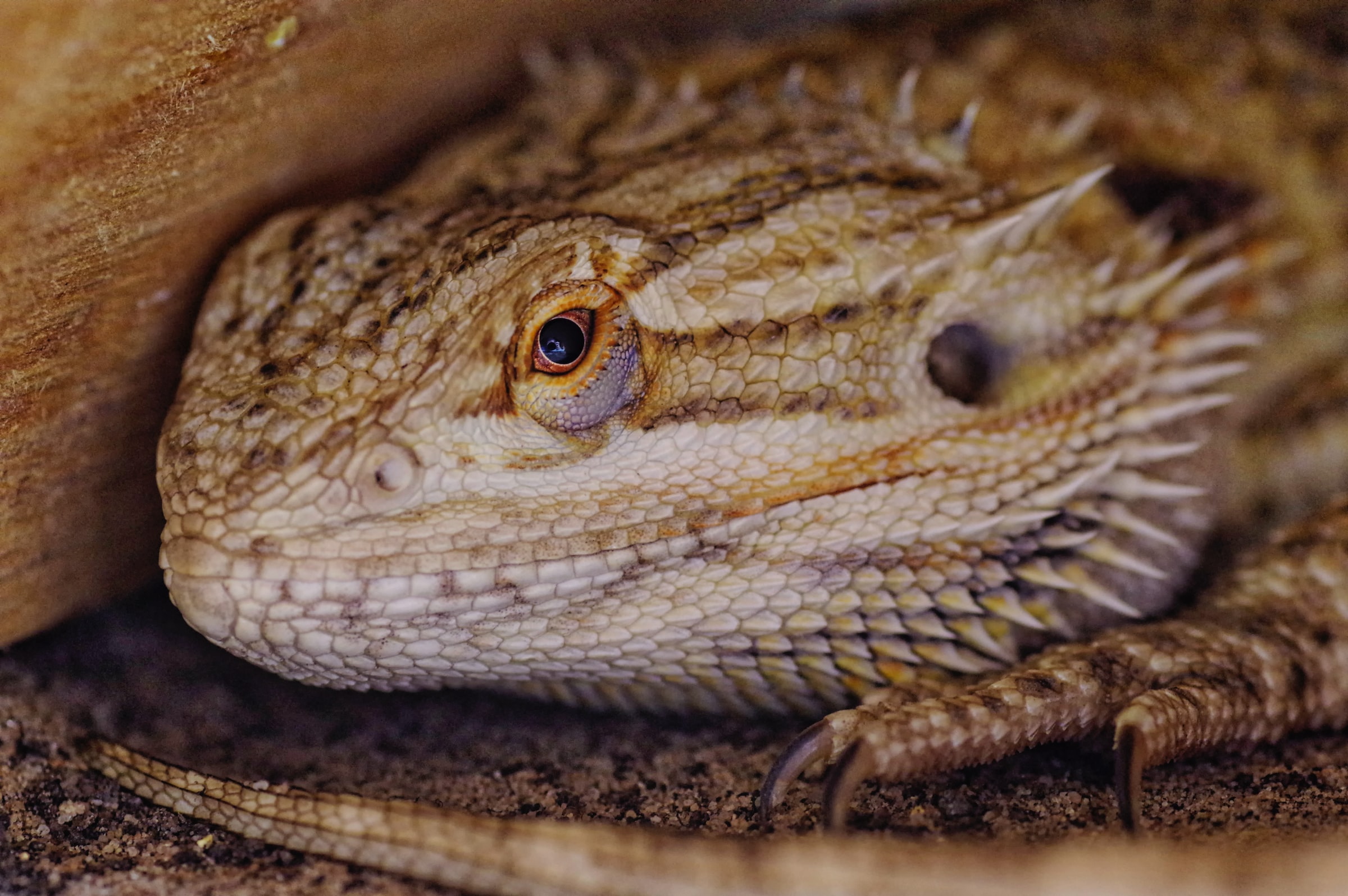
Another essential care for keeping a lizard as a pet is to add environmental enrichment to the terrarium. Being small, they are usually preyed upon by many animals in the wild. Therefore, they instinctively live under logs, rocks, plants, and cracks. To simulate this environment in the terrarium, you should add a deep layer of substrate (minimum 10 centimeters), stones, empty pots, and other elements that offer shade. This will prevent the animal from being stressed in the short and long term.
6. Feed the lizard what it deserves
With a few exceptions, all lizards are primarily insectivores. This means that, in the wild, they feed on insects and other invertebrates, such as grasshoppers, crickets, moths, beetles, ants, spiders, and worms, among others. Most are also hunters, so they will only eat live prey.
Having a pet reptile always involves keeping live insects in the home. Those found on the street are not recommended due to the presence of possible parasites or toxic agents. Therefore, you will need crickets, worms, and cockroaches to feed your lizard, which will eat 1-4 times a week, depending on its age and size.
7. Handle it as little as possible
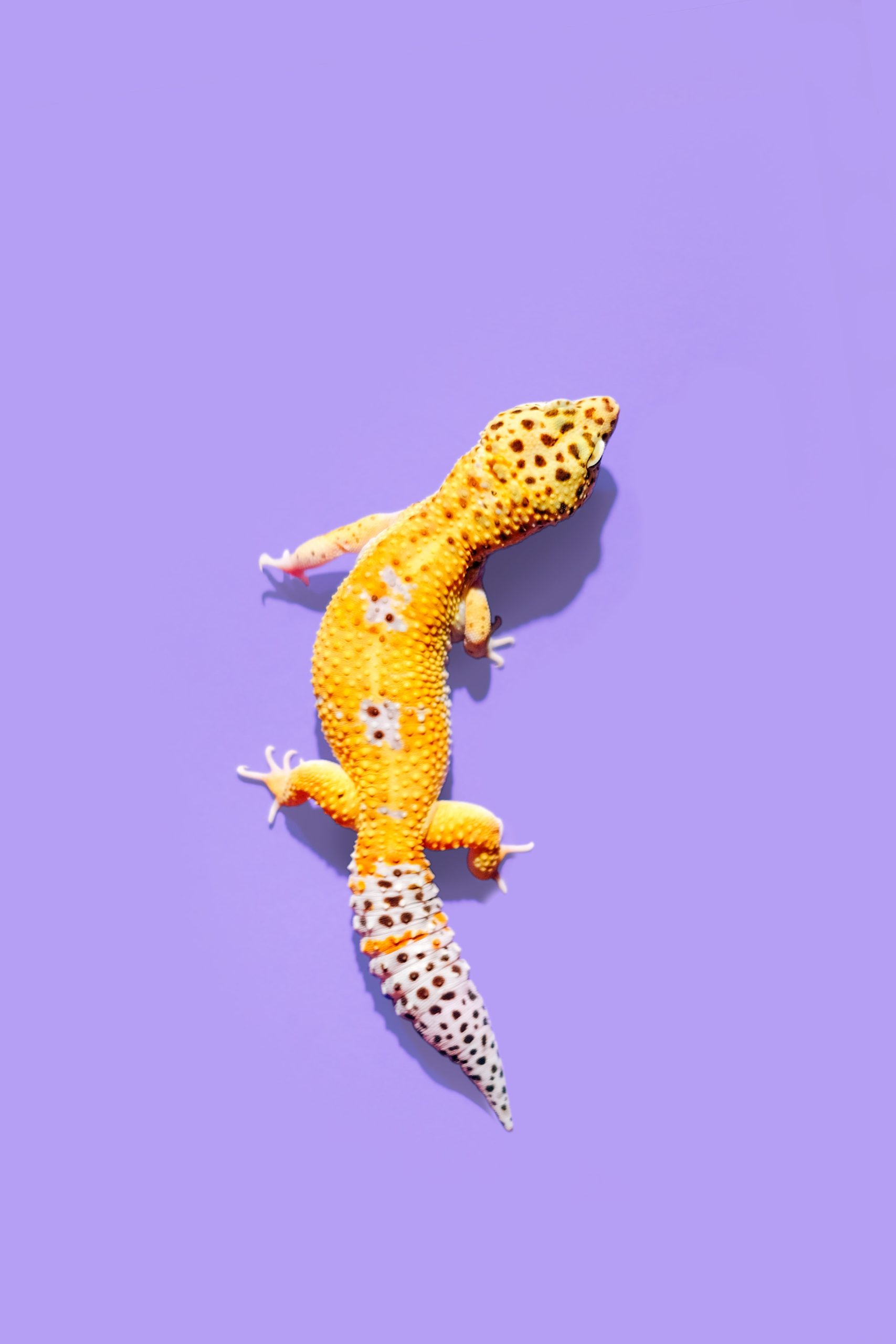
As you may have noticed, a lizard as a pet is nothing like a dog or cat. This also applies to interactions: the reptile should not leave the terrarium, and it does not make contact with its owner. Ideally, the lizard should always be in its terrarium. Handle it only during cleaning time. If you need to grab it, grab it by the sides of the abdomen, never by the tail.
Many of these reptiles practice caudal autotomy- they lose their tail when attacked- and will not hesitate to do so if mishandled. Taking care of a lizard as a pet is not easy for a beginner. Most reptiles are very delicate when it comes to environment and temperature, so don’t buy a specimen until you’re sure you can keep it long-term.
Sound off in the comments section below and tell us what you want to read next and if you want to read more about having a pet lizard.





